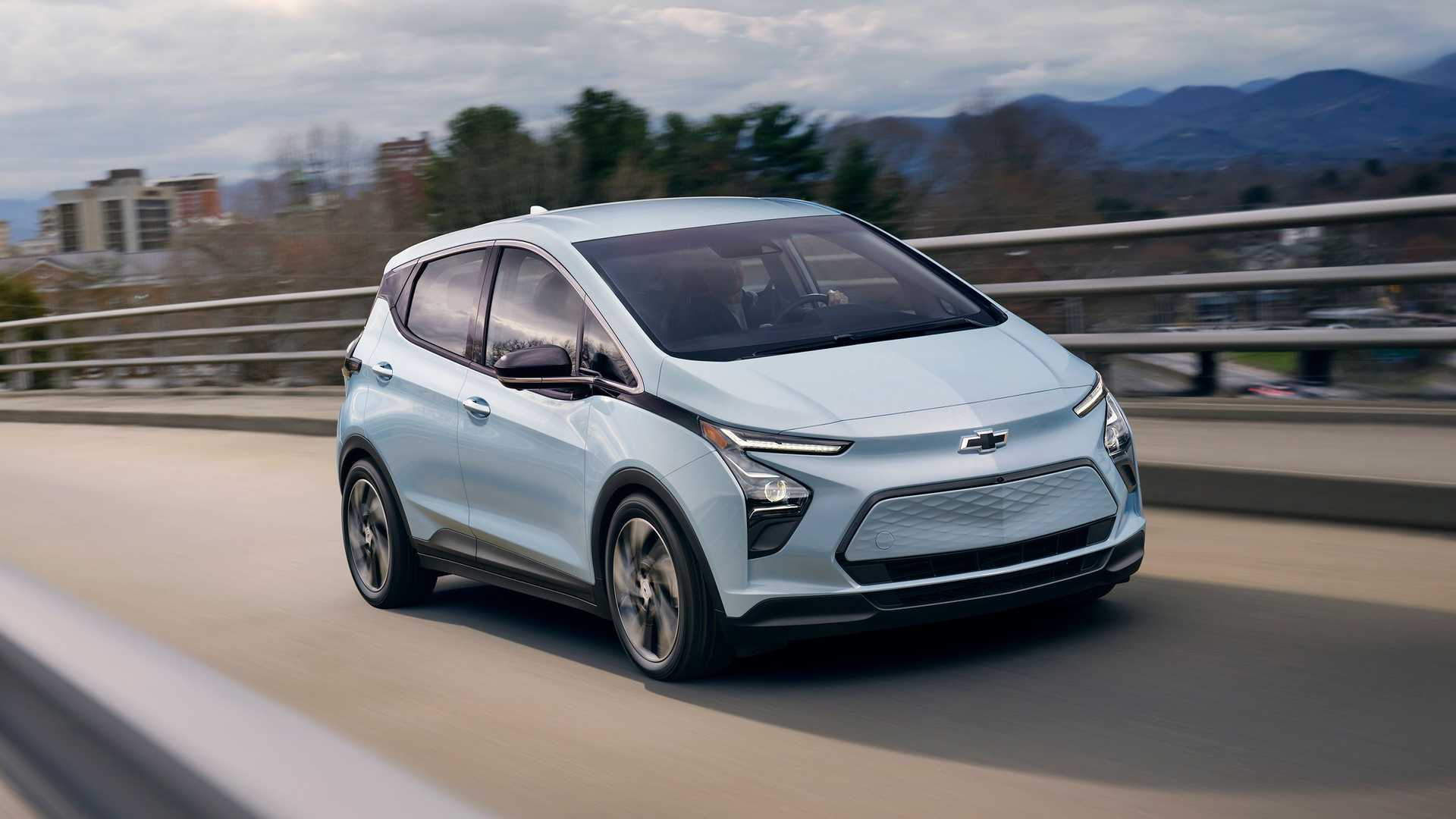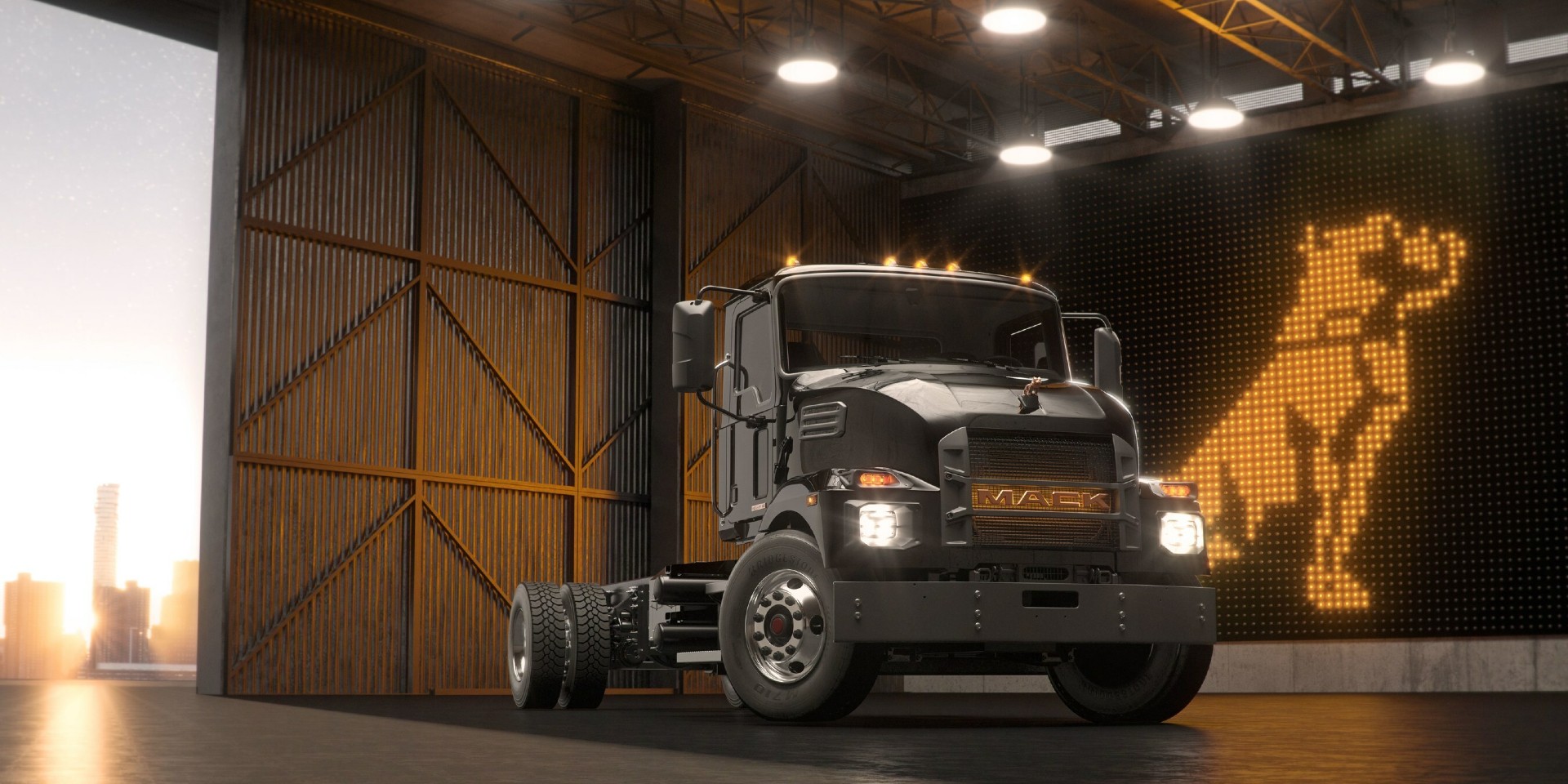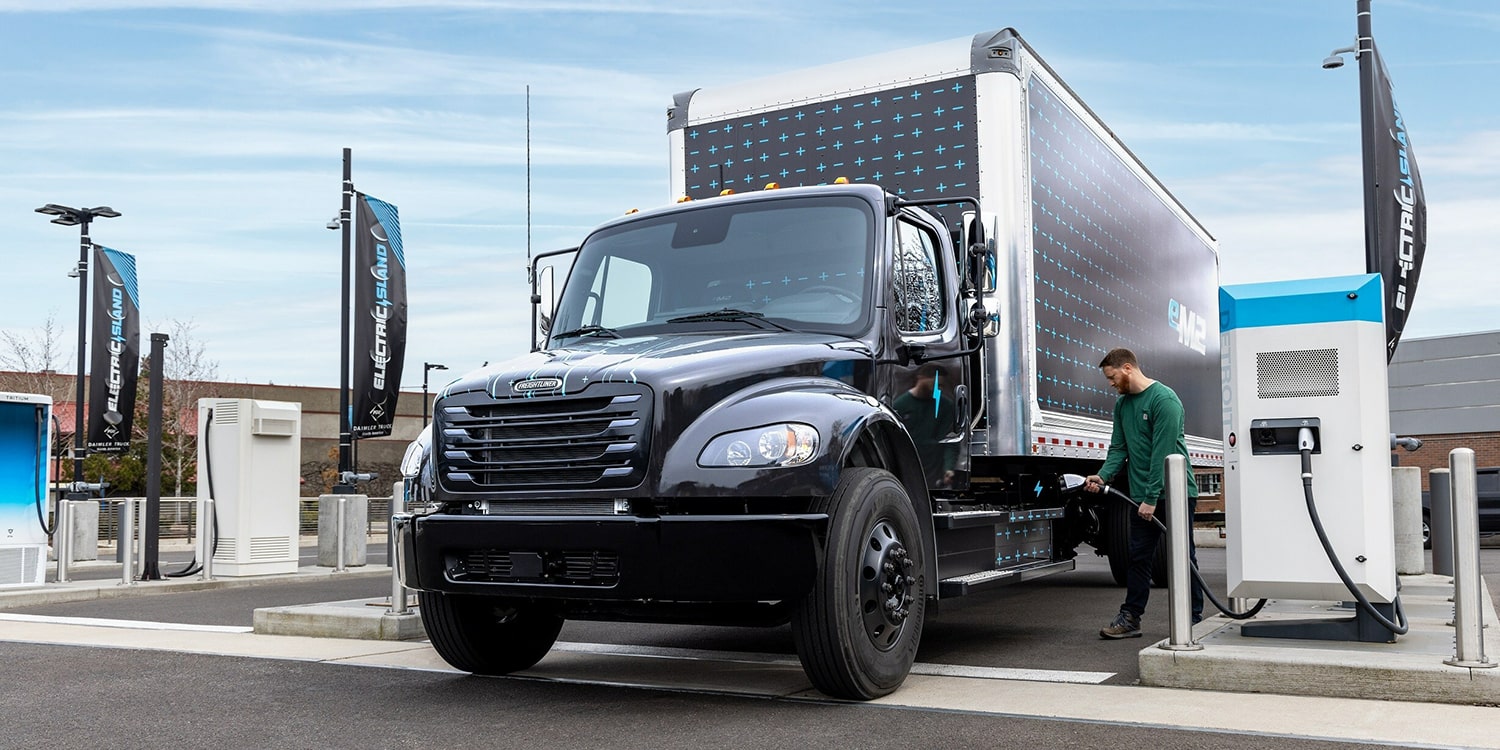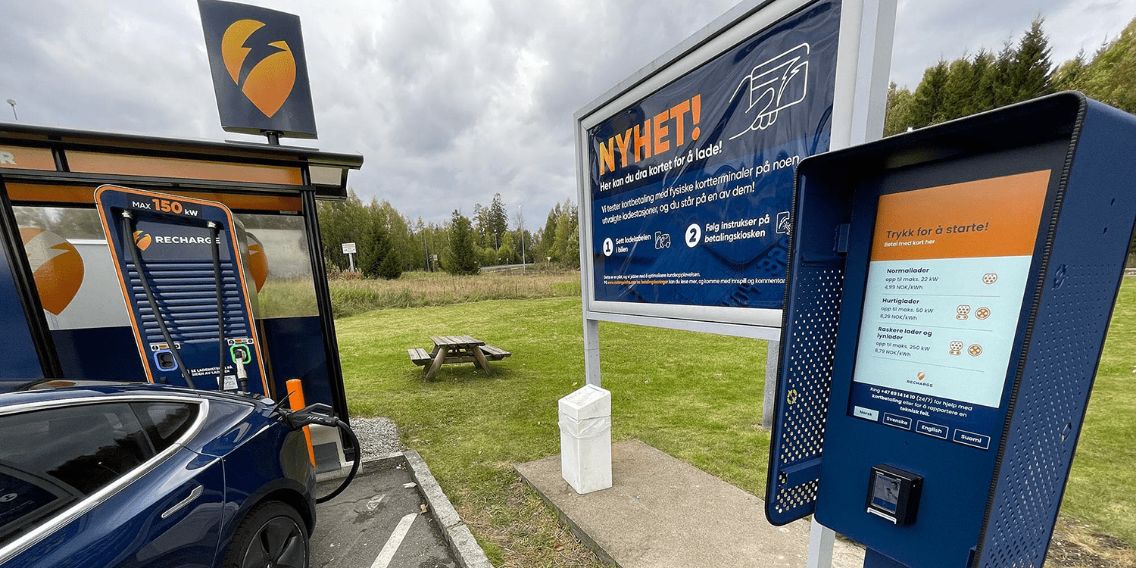Ford, led by tech executive Doug Field, formerly of Apple, is embracing the shift towards subscription services as the automotive industry enters a new era of digitalization and electrification. With the imminent release of their next-generation electric vehicles (EVs), Ford is already in the process of transitioning towards subscription-based services.
Field, who began his career at Ford in the late 1980s, has an impressive track record, having worked at renowned companies such as Apple, Tesla, and Segway. In September 2021, he returned to Ford as the Chief Technology Officer, responsible for spearheading advanced product development and technology initiatives. Field played a key role at Apple as the Vice President of “special projects,” which included overseeing the company’s special auto program and hardware development for the Mac.
During his tenure at Tesla, Field served as the Senior Vice President of Engineering, leading the successful development of the Model 3. Now, in his role at Ford, he is tasked with overseeing design, vehicle hardware engineering, and the advancement of Ford’s electric vehicle lineup and digital systems, particularly within the Ford Model e.
Field recently shared at a shareholder event that Ford aims to centralize computing decisions by utilizing a centralized processor powered by in-house software. This move aligns with Ford’s vision to make their EVs akin to Apple iPhones, emphasizing the integration of subscription services. He also mentioned Ford’s ambition to create cars that remain compelling even with the wheels removed, highlighting the increasing significance of entertainment and gaming in the EV industry.
In contrast to General Motors, which plans to abandon CarPlay, Ford has shown commitment to the platform, especially for their EV lineup. Field emphasized that the transition is already underway, with the introduction of hardware and software for the user interface in Ford’s latest offering, the F-150 Lightning. The next step, scheduled for release in 2025, involves expanding software capabilities to control the vehicle as a whole and integrate autonomous systems.
As part of this transition, Ford intends to offer additional subscription-based services to drivers, including an autonomous system designed to enhance lane centering. Field also discussed the potential for incorporating dash cams into Ford’s vehicles, enabling continuous recording and predictive analysis to detect wear-out situations. Leveraging the car’s multitude of sensors, Ford envisions creating a comprehensive set of services that extend beyond in-car usage, potentially acting as a remote sentry for users’ homes.
Affordability is a key consideration for Ford as they embrace this evolving business model, recognizing that the changing landscape necessitates innovative approaches to pricing and service delivery. As the automotive industry moves towards a digital, electric future, Ford, under the leadership of Doug Field, aims to capitalize on subscription services and provide users with a range of valuable and convenient offerings.







